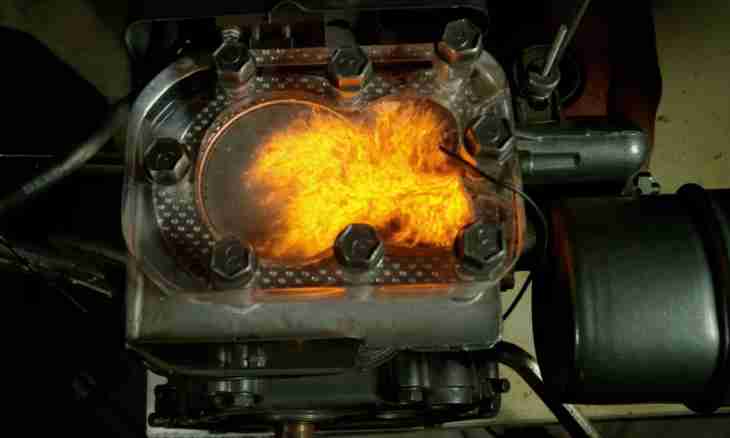In daily activity the person most often should face internal combustion engines. Petrol and diesel motors became widespread in automotive industry. But there is also special class of the power stations having the general name of engines of external combustion.
Engines of external combustion
In engines of external combustion the process of combustion of fuel and a source of thermal influence are separated from working installation. Usually refer steam and gas turbines and also engines of Stirlinga to this category. The first prototypes of similar installations were designed more than two centuries ago and were applied throughout almost all the XIX century.
When powerful and economic power stations were necessary for violently developing industry, designers thought up replacement to explosive steam engines where a working body was being under the big pressure of couples. So there were engines of external combustion which were widespread at the beginning of the XIX century. Only in several decades they were succeeded by internal combustion engines. They cost significantly cheaper, as defined their wide circulation.
But today designers look narrowly at the engines of external combustion which left the broad use more and more fixedly. It is explained by their advantages. The main advantage is that such installations do not need well purified and expensive fuel.
Engines of external combustion are unpretentious though still their construction and service cost much enough.
Stirlinga engine
One of the most famous representatives of family of engines of external combustion – the Stirlinga car. It was thought up in 1816, was repeatedly improved, but subsequently for long time was unfairly forgotten. Now the Stirlinga engine received a rebirth. It with success is used even at development of space. Operation of the machine of Stirlinga is based on the closed thermodynamic cycle. Periodic processes of compression and expansion go at different temperatures here. Management of a working stream happens by means of change of its volume.
The Stirlinga engine can work as the thermal pump, the generator of pressure, the device for cooling.
In this engine at a low temperature there is a gas compression, and at high – its expansion. Periodic change of parameters happens due to use of the special piston having function of the displacer. Heat at the same time is failed to a working body from outer side, through a cylinder wall. This feature also grants the right to the Stirlinga car to be called the engine of external combustion.

